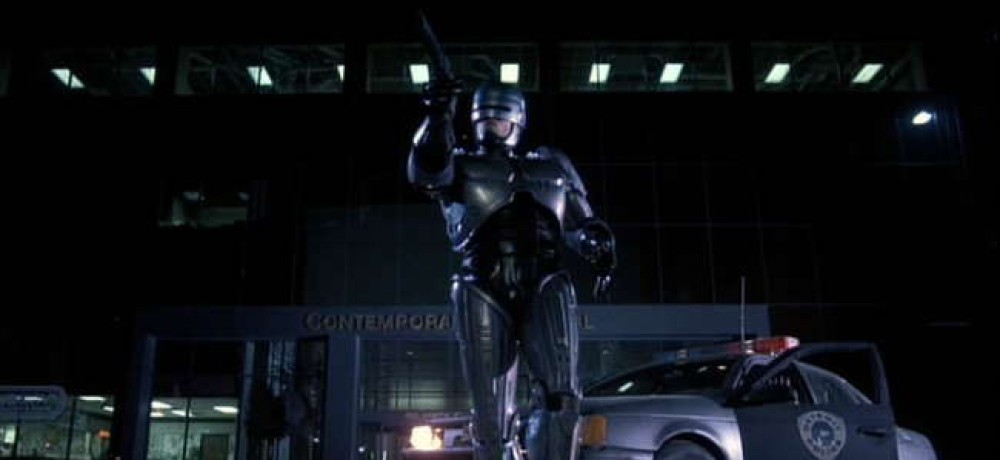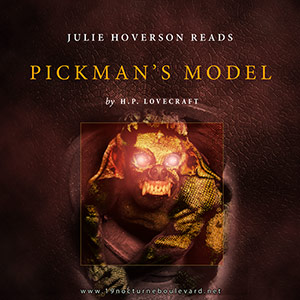“Pickman’s Model” shows Lovecraft playing with the form and function of his own tropes to display a more emotional trauma. Constructed as a dialogue between Lovecraft’s avatar, Thurber, and his friend Eliot–really a second-person monologue, since Eliot’s questions and comments are only inferred through Thurber’s narration–the story chips away at rugged, male hubris. Thurber is a flowery speaker, prone to rambling and tangents (somewhat like Lovecraft in his fiction and various correspondences), but constantly touts his own masculinity while relating this tale of vivid, realist paintings which induced fear and horror within him: describing himself as “fairly hard-boiled” and “decently sophisticated” while calling other people who were spooked by painter Richard Upton Pickman “fussy old women.” He later reminds Eliot he served in the Great War (“I guess you saw enough of me in France to know I’m not easily knocked out.”). Such desperate, macho posturing belies a man confused and traumatized by events he neither saw firsthand nor fully understood. Pickman’s lifelike paintings of monsters and the North’s End neighborhood the painter works in (occupied by immigrants, Lovecraft’s xenophobia and racism coming into play again) may be what sets Thurber on edge, but it’s hearing Pickman fire his pistol at things he won’t perceive until hours later which makes him phobic about cellars and subways (though, as in “The Outsider,” Lovecraft holds off on revealing the full context until the final sentence). During the course of telling his story, Thurber consumes alcohol to calm his nerves (“Here- have another drink- I need one anyhow!”), suggesting the hard-drinking, hard-partying of the Roaring Twenties which was as much a comedown from the hopeless, pointless slaughter of World War I as a flaunting of excess (reflected in the disillusionment of F. Scott Fitzgerald’s The Great Gatsby or the poems of T.S. Eliot). While Lovecraft based Thurber’s interest in Pickman on his own philosophy of horror as a genre, the combined infatuation of the macabre and his reaction to the very real monsters Pickman draws from, and being once again in close proximity to violence, creates a subtle picture of shellshock.
Bloodcurdling Tales: Pickman’s Model
Reply

